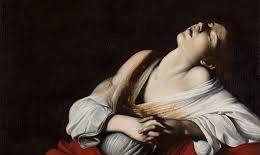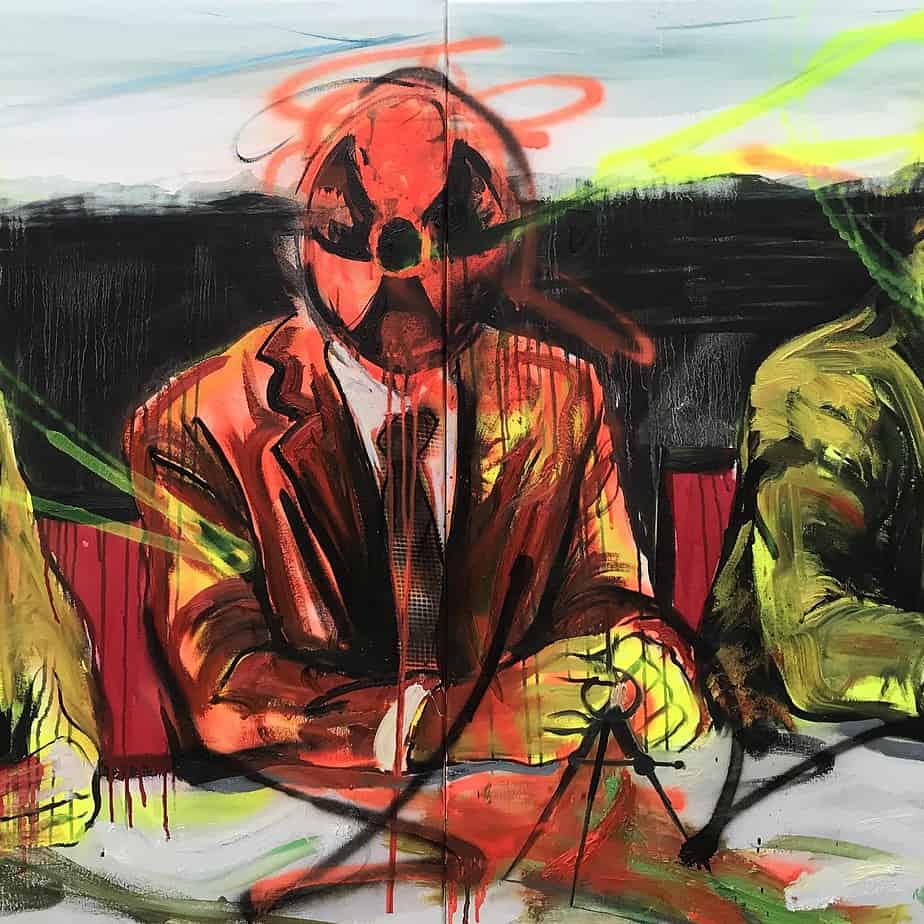The Revolutionary Artistry of Caravaggio
Michelangelo Merisi da Caravaggio, known simply as Caravaggio, was an Italian Baroque artist whose revolutionary approach to painting left a lasting impact on the art world. Born in 1571, Caravaggio’s dramatic use of light and shadow, intense realism, and bold compositions set him apart from his contemporaries.
Life and Influences
Caravaggio’s tumultuous life was as dramatic as his art. His early years were marked by struggles and controversies, yet his talent soon caught the eye of influential patrons. Inspired by the works of Renaissance masters like Leonardo da Vinci and Michelangelo, Caravaggio developed his signature style characterized by chiaroscuro and naturalism.
Artistic Innovations
Caravaggio’s innovative techniques revolutionized the art world. His use of tenebrism, a stark contrast between light and dark, created a sense of drama and intensity in his paintings. He depicted biblical scenes with raw emotion and realism, bringing a new level of psychological depth to religious art.
Legacy and Influence
Despite his controversial personal life, Caravaggio’s artistic legacy endured long after his death in 1610. His influence can be seen in the works of countless artists who followed him, including Rembrandt and Velázquez. Caravaggio’s impact on Baroque art continues to be celebrated for its daring originality and emotional power.
Masterpieces
Some of Caravaggio’s most famous works include “The Calling of Saint Matthew,” “The Supper at Emmaus,” and “Judith Beheading Holofernes.” These masterpieces showcase his mastery of light, shadow, and storytelling, solidifying his reputation as one of the greatest painters in art history.
Caravaggio: Master of Chiaroscuro and Emotion, Innovator of Religious Art, and Timeless Inspiration
- Revolutionary use of chiaroscuro technique in painting
- Masterful depiction of emotion and realism in his artworks
- Innovative approach to religious and biblical subject matter
- Influence on future generations of artists, including Baroque masters
- Creation of timeless masterpieces that continue to inspire art enthusiasts
Exploring the Controversies: Caravaggio’s Turbulent Life, Artistic Struggles, and Thematic Limitations
- Controversial personal life and behavior, including involvement in criminal activities.
- Struggles with authorities and patrons due to his unconventional artistic style and subject matter.
- Limited range of subjects, primarily focused on religious themes, which may limit appeal to a broader audience.
Revolutionary use of chiaroscuro technique in painting
Caravaggio’s revolutionary use of the chiaroscuro technique in painting transformed the art world by introducing a dramatic interplay of light and shadow. Through his mastery of chiaroscuro, Caravaggio brought a new level of depth, intensity, and realism to his works, creating powerful contrasts that heightened the emotional impact of his compositions. This innovative approach not only showcased his technical skill but also infused his paintings with a sense of theatricality and dynamic energy, captivating viewers and setting a new standard for artistic expression in the Baroque era.
Masterful depiction of emotion and realism in his artworks
Caravaggio’s unparalleled skill in capturing raw emotion and realism in his artworks sets him apart as a master of his craft. Through his use of light and shadow, he infuses his paintings with a depth of feeling that resonates with viewers on a profound level. Whether portraying moments of joy, sorrow, or contemplation, Caravaggio’s ability to convey human emotions with such authenticity and intensity showcases his exceptional talent as an artist who transcends time and continues to evoke powerful responses from audiences worldwide.
Innovative approach to religious and biblical subject matter
Caravaggio’s innovative approach to religious and biblical subject matter revolutionized the art world during the Baroque period. Unlike his predecessors, Caravaggio infused his paintings with a raw and intense realism that brought biblical narratives to life in a way that had never been seen before. By depicting scenes with an unprecedented level of emotional depth and human vulnerability, he challenged traditional conventions and invited viewers to engage with religious stories on a more personal and visceral level. Caravaggio’s bold reinterpretation of sacred themes not only transformed the way artists approached religious art but also left a lasting impact on the portrayal of spirituality in visual culture.
Influence on future generations of artists, including Baroque masters
Caravaggio’s profound influence on future generations of artists, particularly Baroque masters, is undeniable. His innovative techniques and bold artistic vision set a new standard for realism and emotional intensity in painting. Artists like Rembrandt and Velázquez were inspired by Caravaggio’s use of chiaroscuro and dramatic storytelling, incorporating elements of his style into their own works. Caravaggio’s legacy as a master of Baroque art continues to resonate through the centuries, shaping the course of art history and inspiring countless artists to push the boundaries of creativity and expression.
Creation of timeless masterpieces that continue to inspire art enthusiasts
Caravaggio’s creation of timeless masterpieces has left an indelible mark on the art world, inspiring generations of art enthusiasts and creators alike. His ability to capture raw emotion, intense realism, and dramatic lighting in his paintings has ensured that his works remain relevant and captivating through the centuries. The enduring appeal of Caravaggio’s masterpieces lies in their ability to evoke powerful emotions and spark contemplation, making them a constant a source of inspiration for those who appreciate the beauty and depth of art.
Controversial personal life and behavior, including involvement in criminal activities.
Caravaggio’s artistic brilliance was often overshadowed by his controversial personal life and behavior, which included his involvement in criminal activities. Known for his fiery temperament and tumultuous relationships, Caravaggio’s life was marred by frequent altercations and legal troubles. His propensity for violence and unruly behavior not only tarnished his reputation but also led to conflicts with authorities and patrons. Despite his artistic genius, Caravaggio’s turbulent lifestyle and criminal escapades added a layer of complexity to his legacy, painting a picture of an artist whose brilliance was as dark as it was luminous.
Struggles with authorities and patrons due to his unconventional artistic style and subject matter.
Caravaggio’s artistic brilliance was often overshadowed by his tumultuous relationships with authorities and patrons, stemming from his unconventional artistic style and choice of subject matter. His bold use of chiaroscuro and realistic portrayal of biblical scenes challenged the norms of his time, leading to conflicts with those who expected more traditional depictions. Despite facing backlash and criticism, Caravaggio remained steadfast in his commitment to pushing artistic boundaries, ultimately leaving a lasting impact on the art world.
Limited range of subjects, primarily focused on religious themes, which may limit appeal to a broader audience.
Caravaggio’s artistic oeuvre, while undeniably groundbreaking in its technical mastery and emotional depth, is often criticized for its limited range of subjects, predominantly centered on religious themes. This singular focus on biblical narratives and religious iconography may restrict the appeal of Caravaggio’s work to a broader audience who seek diversity in artistic themes and subject matter. Despite his unparalleled skill in depicting religious scenes with unparalleled intensity and realism, this limitation in subject matter could potentially alienate viewers looking for a more varied exploration of human experiences and emotions in art.




